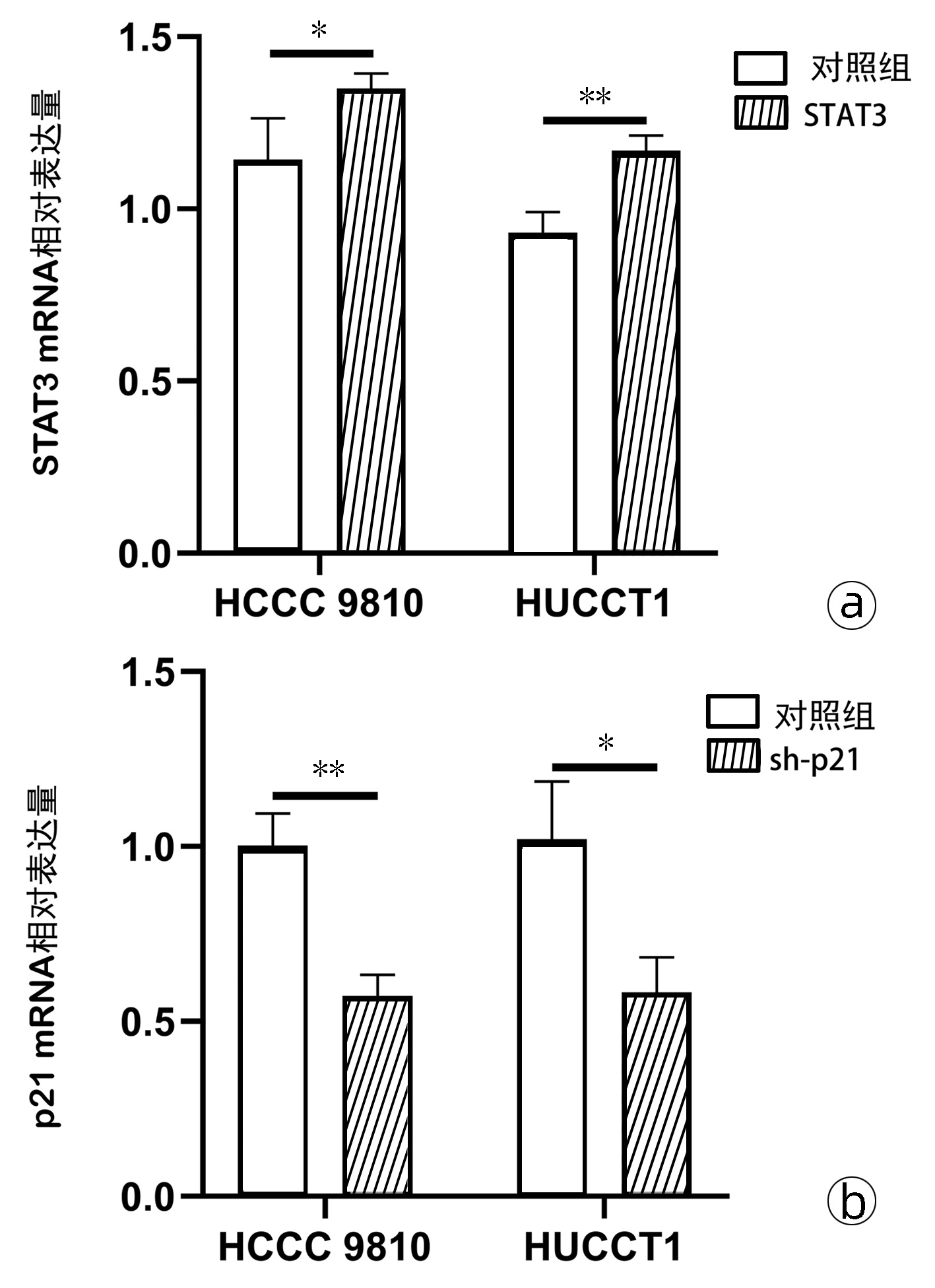| [1] |
|
| [2] |
MOEINI A, SIA D, BARDEESY N, et al. Molecular pathogenesis and targeted therapies for intrahepatic cholangiocarcinoma[J]. Clin Cancer Res, 2016, 22(2): 291-300. DOI: 10.1158/1078-0432.CCR-14-3296. |
| [3] |
ANDERSEN JB. Molecular pathogenesis of intrahepatic cholangiocarcinoma[J]. J Hepatobiliary Pancreat Sci, 2015, 22(2): 101-113. DOI: 10.1002/jhbp.155. |
| [4] |
KIM HJ, KIM IS, REHMAN SU, et al. Effects of 6-paradol, an unsaturated ketone from gingers, on cytochrome P450-mediated drug metabolism[J]. Bioorg Med Chem Lett, 2017, 27(8): 1826-1830. DOI: 10.1016/j.bmcl.2017.02.047. |
| [5] |
SURH YJ, PARK KK, CHUN KS, et al. Anti-tumor-promoting activities of selected pungent phenolic substances present in ginger[J]. J Environ Pathol Toxicol Oncol, 1999, 18(2): 131-139.
|
| [6] |
MARIADOSS AV, KATHIRESAN S, MUTHUSAMY R, et al. Protective effects of[6]-paradol on histological lesions and immunohistochemical gene expression in DMBA induced hamster buccal pouch carcinogenesis[J]. Asian Pac J Cancer Prev, 2013, 14(5): 3123-3129. DOI: 10.7314/apjcp.2013.14.5.3123. |
| [7] |
HUYNH J, CHAND A, GOUGH D, et al. Therapeutically exploiting STAT3 activity in cancer - using tissue repair as a road map[J]. Nat Rev Cancer, 2019, 19(2): 82-96. DOI: 10.1038/s41568-018-0090-8. |
| [8] |
HARPER JW, ADAMI GR, WEI N, et al. The p21 Cdk-interacting protein Cip1 is a potent inhibitor of G1 cyclin-dependent kinases[J]. Cell, 1993, 75(4): 805-816. DOI: 10.1016/0092-8674(93)90499-g. |
| [9] |
LECHNER JF, STONER GD. Gingers and their purified components as cancer chemopreventative agents[J]. Molecules, 2019, 24(16): 2859. DOI: 10.3390/molecules24162859. |
| [10] |
LI Q, WANG R, WANG LP, et al. Paradol inhibits proliferation and migration of human hepatocellular carcinoma cells[J]. Sci Adv Mater, 2019, 11(10): 1467-1473. DOI: 10.1166/sam.2019.3555. |
| [11] |
YU H, JOVE R. The STATs of cancer-new molecular targets come of age[J]. Nat Rev Cancer, 2004, 4(2): 97-105. DOI: 10.1038/nrc1275. |
| [12] |
HE G, KARIN M. NF-κB and STAT3 - key players in liver inflammation and cancer[J]. Cell Res, 2011, 21(1): 159-168. DOI: 10.1038/cr.2010.183. |
| [13] |
FUKUDA A, WANG SC, MORRIS JPT, et al. Stat3 and MMP7 contribute to pancreatic ductal adenocarcinoma initiation and progression[J]. Cancer Cell, 2011, 19(4): 441-455. DOI: 10.1016/j.ccr.2011.03.002. |
| [14] |
SAINI U, NAIDU S, ELNAGGAR AC, et al. Elevated STAT3 expression in ovarian cancer ascites promotes invasion and metastasis: A potential therapeutic target[J]. Oncogene, 2017, 36(2): 168-181. DOI: 10.1038/onc.2016.197. |
| [15] |
GARTEL AL, RADHAKRISHNAN SK. Lost in transcription: p21 repression, mechanisms, and consequences[J]. Cancer Res, 2005, 65(10): 3980-3985. DOI: 10.1158/0008-5472.CAN-04-3995. |
| [16] |
|
| [17] |
GEORGAKILAS AG, MARTIN OA, BONNER WM. p21: A two- faced genome guardian[J]. Trends Mol Med, 2017, 23(4): 310-319. DOI: 10.1016/j.molmed.2017.02.001. |








 DownLoad:
DownLoad:





